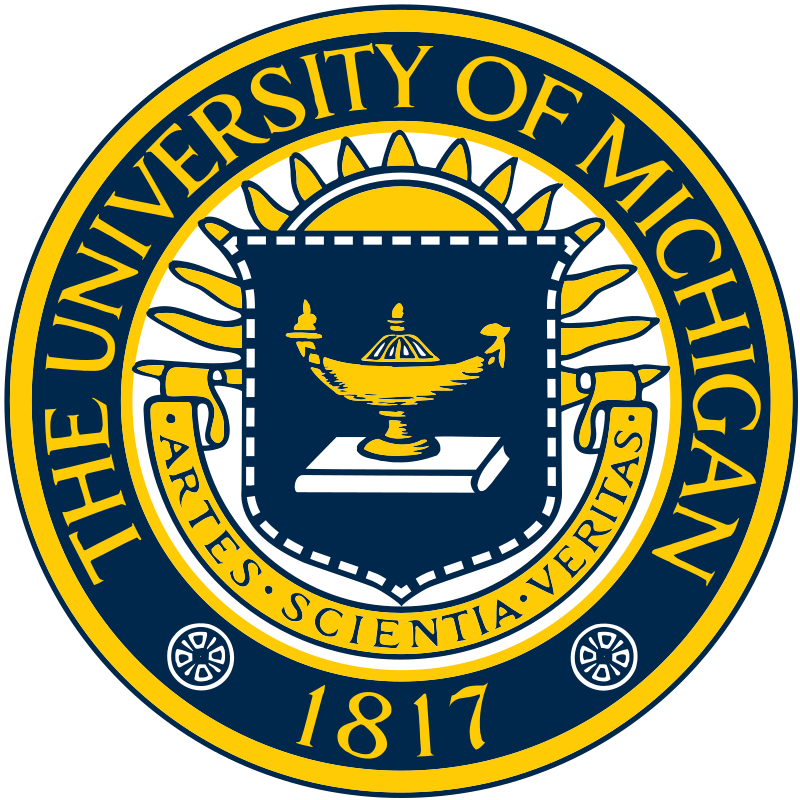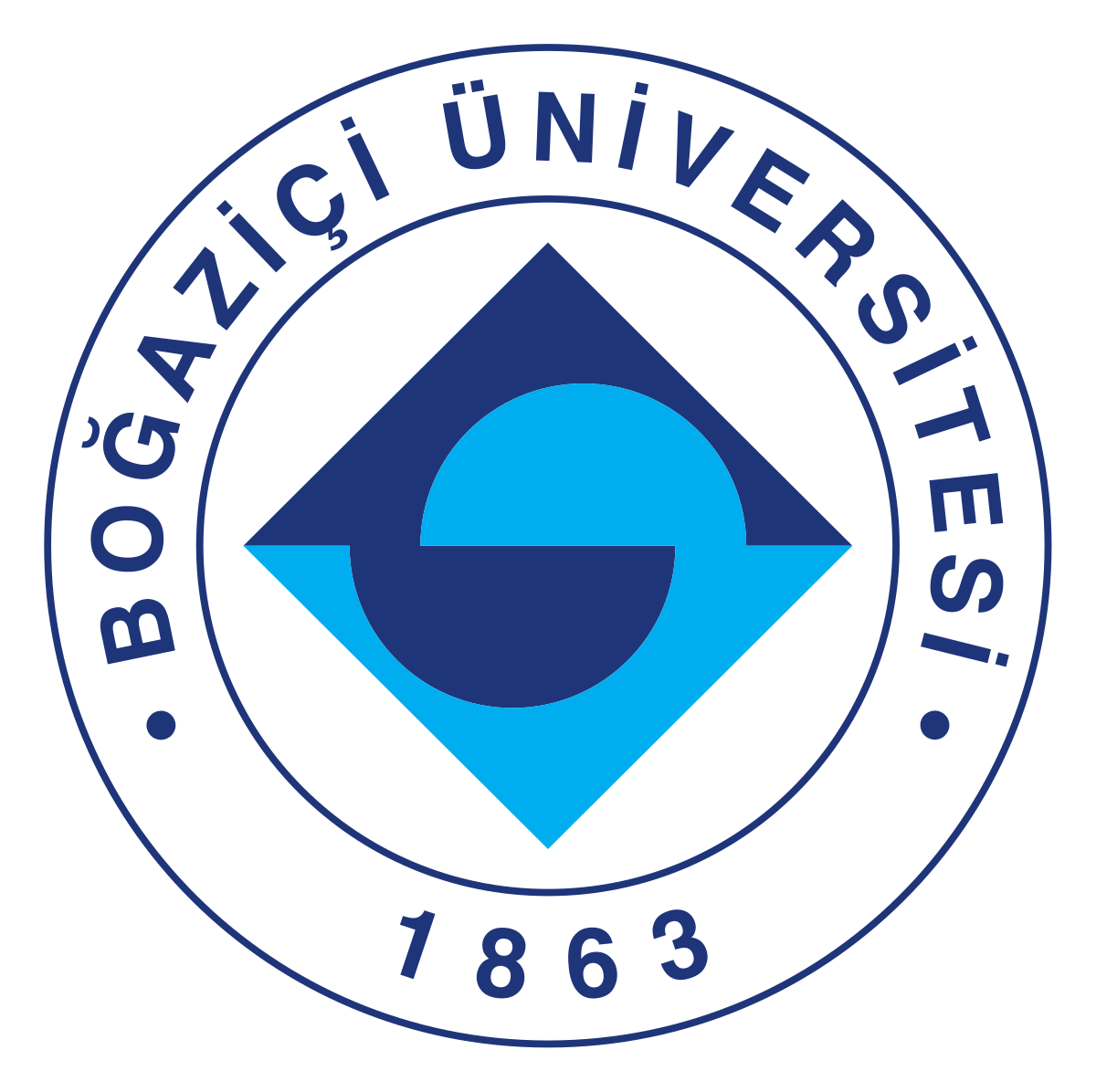- About
- Home
- Introduction
- Statistics
- Programs
- Dignet
- Gene
- GenePair
- BioSummarAI
- Help & Docs
- Documents
- Help
- FAQs
- Links
- Acknowledge
- Disclaimer
- Contact Us
Gene Information
Gene symbol: LGALS1
Gene name: lectin, galactoside-binding, soluble, 1
HGNC ID: 6561
Synonyms: GBP
Related Genes
| # | Gene Symbol | Number of hits |
| 1 | C1QB | 1 hits |
| 2 | CCND2 | 1 hits |
| 3 | CD274 | 1 hits |
| 4 | CD8A | 1 hits |
| 5 | HLA-A | 1 hits |
| 6 | IFNG | 1 hits |
| 7 | IL2 | 1 hits |
| 8 | INDO | 1 hits |
| 9 | LGALS2 | 1 hits |
| 10 | LGALS3 | 1 hits |
| 11 | MYH14 | 1 hits |
| 12 | NEU1 | 1 hits |
| 13 | PDCD1LG2 | 1 hits |
| 14 | VTCN1 | 1 hits |
Related Sentences
| # | PMID | Sentence |
| 1 | 16310777 | Here, we show that galectin-3, a multifunctional beta-galactoside binding lectin present mainly in the cytoplasm of inflammatory cells and also present on the cell surface, can recognize mycobacterial mycolic acids. |
| 2 | 17438085 | We examined the role of the immunomodulatory protein galectin-1 (Gal-1) on Epstein-Barr virus-specific CD8(+) T cell responses in HL. |
| 3 | 17438085 | Gal-1(hi) expression was associated with male gender, older patients, reduced CD8(+) T cell infiltration at the tumor site, and most importantly, an impaired latent membrane protein 1 and 2-specific CD8(+) T-cell responses. |
| 4 | 17438085 | In vitro exposure to recombinant Gal-1 inhibited proliferation and interferon-gamma expression by Epstein-Barr virus-specific T cells. |
| 5 | 17438085 | We examined the role of the immunomodulatory protein galectin-1 (Gal-1) on Epstein-Barr virus-specific CD8(+) T cell responses in HL. |
| 6 | 17438085 | Gal-1(hi) expression was associated with male gender, older patients, reduced CD8(+) T cell infiltration at the tumor site, and most importantly, an impaired latent membrane protein 1 and 2-specific CD8(+) T-cell responses. |
| 7 | 17438085 | In vitro exposure to recombinant Gal-1 inhibited proliferation and interferon-gamma expression by Epstein-Barr virus-specific T cells. |
| 8 | 17438085 | We examined the role of the immunomodulatory protein galectin-1 (Gal-1) on Epstein-Barr virus-specific CD8(+) T cell responses in HL. |
| 9 | 17438085 | Gal-1(hi) expression was associated with male gender, older patients, reduced CD8(+) T cell infiltration at the tumor site, and most importantly, an impaired latent membrane protein 1 and 2-specific CD8(+) T-cell responses. |
| 10 | 17438085 | In vitro exposure to recombinant Gal-1 inhibited proliferation and interferon-gamma expression by Epstein-Barr virus-specific T cells. |
| 11 | 17561021 | We were able to identify 28 immune targets, including aspartyl protease inhibitor, enolase, chaperone proteins, galectin, glycolytic enzymes, kinase, phosphatase and structural muscle proteins such as myosin, paramyosin, calponin and DIM-1. |
| 12 | 19131115 | Beta-defensin 129, T-cell surface glycoprotein CD8 and B-cell receptor-associated protein 29 were overexpressed in infected animals. |
| 13 | 19131115 | Lower expression levels of the immune response genes galectin-1, complement component C1qB and certain HLA class I and class II histocompatibility antigens and immunoglobulin chains were found in infected animals. |
| 14 | 19155521 | Additionally, there was up-regulation of probesets associated with cytotoxic (GZMB, TNFSF10) and regulatory (INDO, CTLA4) activities. |
| 15 | 19155521 | The strongest correlations with neutralizing Ab titers were found for cyclin D2 (CCND2) and galectin (LGALS2). |
| 16 | 19357166 | Acquisition of polyfunctionality by Epstein-Barr virus-specific CD8+ T cells correlates with increased resistance to galectin-1-mediated suppression. |
| 17 | 19357166 | More importantly, ex vivo stimulation of these T cells with an adenoviral vector encoding multiple minimal CD8(+) T-cell epitopes as a polyepitope, in combination with a gammaC cytokine, interleukin-2, restored polyfunctionality and shielded these cells from the inhibitory effects of galectin-1. |
| 18 | 19357166 | Acquisition of polyfunctionality by Epstein-Barr virus-specific CD8+ T cells correlates with increased resistance to galectin-1-mediated suppression. |
| 19 | 19357166 | More importantly, ex vivo stimulation of these T cells with an adenoviral vector encoding multiple minimal CD8(+) T-cell epitopes as a polyepitope, in combination with a gammaC cytokine, interleukin-2, restored polyfunctionality and shielded these cells from the inhibitory effects of galectin-1. |
| 20 | 20463811 | Galectin-9/TIM-3 interaction regulates virus-specific primary and memory CD8 T cell response. |
| 21 | 20463811 | In this communication, we demonstrate that galectin (Gal)-9 acts to constrain CD8(+) T cell immunity to Herpes Simplex Virus (HSV) infection. |
| 22 | 20463811 | Interestingly, infusion of normal infected mice with alpha-lactose, the sugar that binds to the carbohydrate-binding domain of Gal-9 limiting its engagement of T cell immunoglobulin and mucin (TIM-3) receptors, also caused a more elevated and higher quality CD8(+) T cell response to HSV particularly in the acute phase. |
| 23 | 20463811 | The mechanisms responsible for the outcome of the Gal-9/TIM-3 interaction in normal infected mice involved direct inhibitory effects on TIM-3(+) CD8(+) T effector cells as well as the promotion of Foxp3(+) regulatory T cell activity. |
| 24 | 24658839 | In an attempt to shed more light on the immunosuppressive environment in uterine tumors, we analyzed the presence of PD-L1, PDL2, B7-H4, indoleamine 2,3-dioxygenase (IDO), galectin- 1, galectin-3, arginase-1 activity and myeloid-derived suppressor cell (MDSC) infiltration. |
| 25 | 24658839 | IDO, PD-L1, PD-L2 and B7-H4 were analyzed by immunohistochemistry. |
| 26 | 24658839 | For PD-L1 and B7-H4, we found high expression in 92 and 90 % of endometrial cancers, respectively, and in 100 and 92 % of the sarcomas. |
| 27 | 24658839 | These results indicate that the PD-1/PD-L1 interaction and B7-H4 could be possible targets for immune intervention in uterine cancer patients as well as mediation of MDSC function. |
| 28 | 25597246 | Our results in a mouse model for influenza and pneumococcal infection revealed that the murine lung expresses a diverse galectin repertoire, from which selected galectins, including galectin 1 (Gal1) and galectin 3 (Gal3), are released to the bronchoalveolar space. |
| 29 | 25597246 | In vitro studies on the human airway epithelial cell line A549 were consistent with the observations made in the mouse model, and further revealed that both Gal1 and Gal3 bind strongly to IAV and S. pneumoniae, and that exposure of the cells to viral neuraminidase or influenza infection increased galectin-mediated S. pneumoniae adhesion to the cell surface. |
| 30 | 25597246 | Our results in a mouse model for influenza and pneumococcal infection revealed that the murine lung expresses a diverse galectin repertoire, from which selected galectins, including galectin 1 (Gal1) and galectin 3 (Gal3), are released to the bronchoalveolar space. |
| 31 | 25597246 | In vitro studies on the human airway epithelial cell line A549 were consistent with the observations made in the mouse model, and further revealed that both Gal1 and Gal3 bind strongly to IAV and S. pneumoniae, and that exposure of the cells to viral neuraminidase or influenza infection increased galectin-mediated S. pneumoniae adhesion to the cell surface. |
| 32 | 25556664 | The TFag has been shown to interact with Galectin-3 (Gal-3), one in a family of β-galactoside binding proteins. |
| 33 | 25556664 | Galectins have a variety of cellular functions, and Gal-3 has been shown to be the sole galectin with anti-apoptotic activity. |


